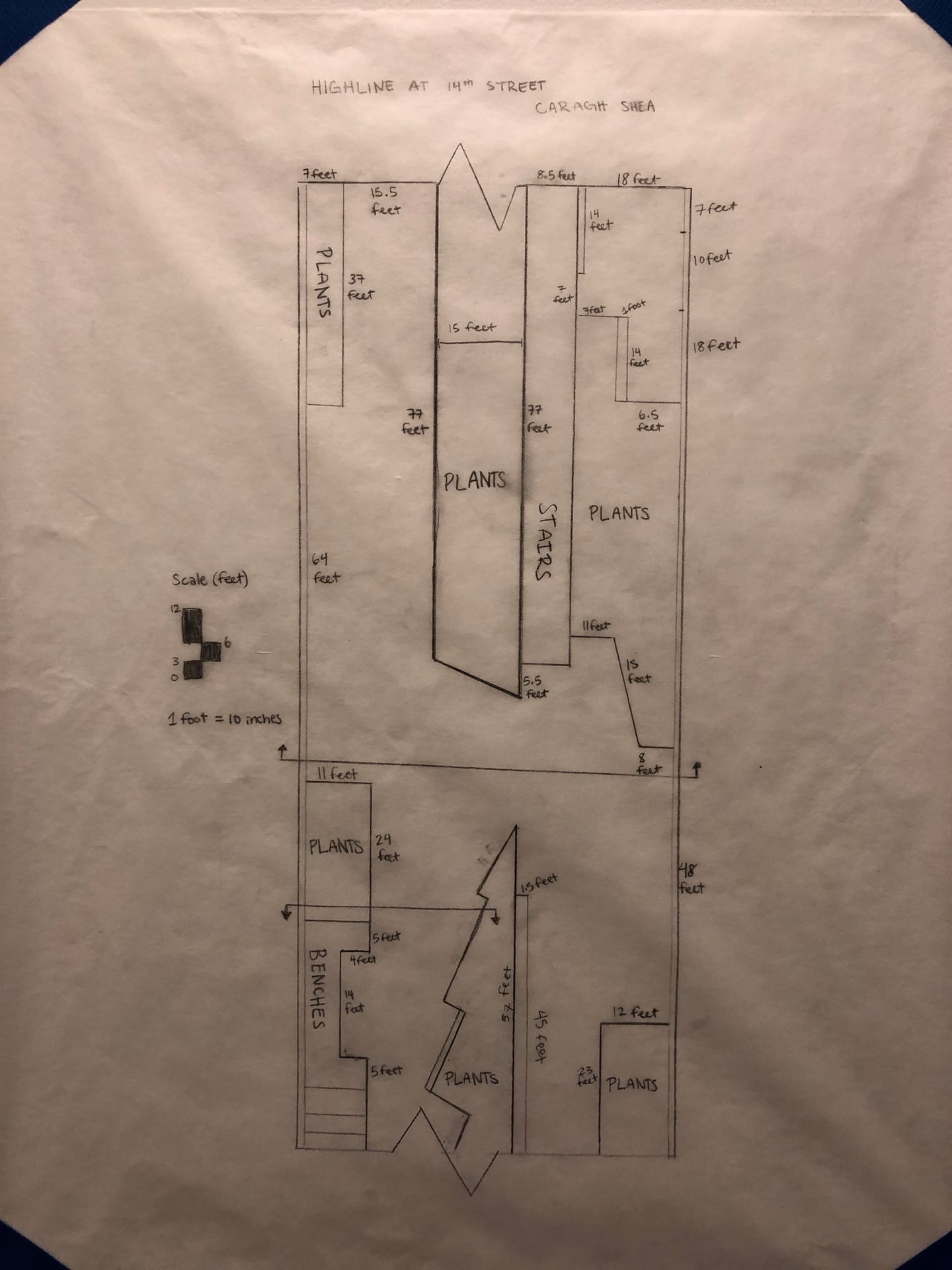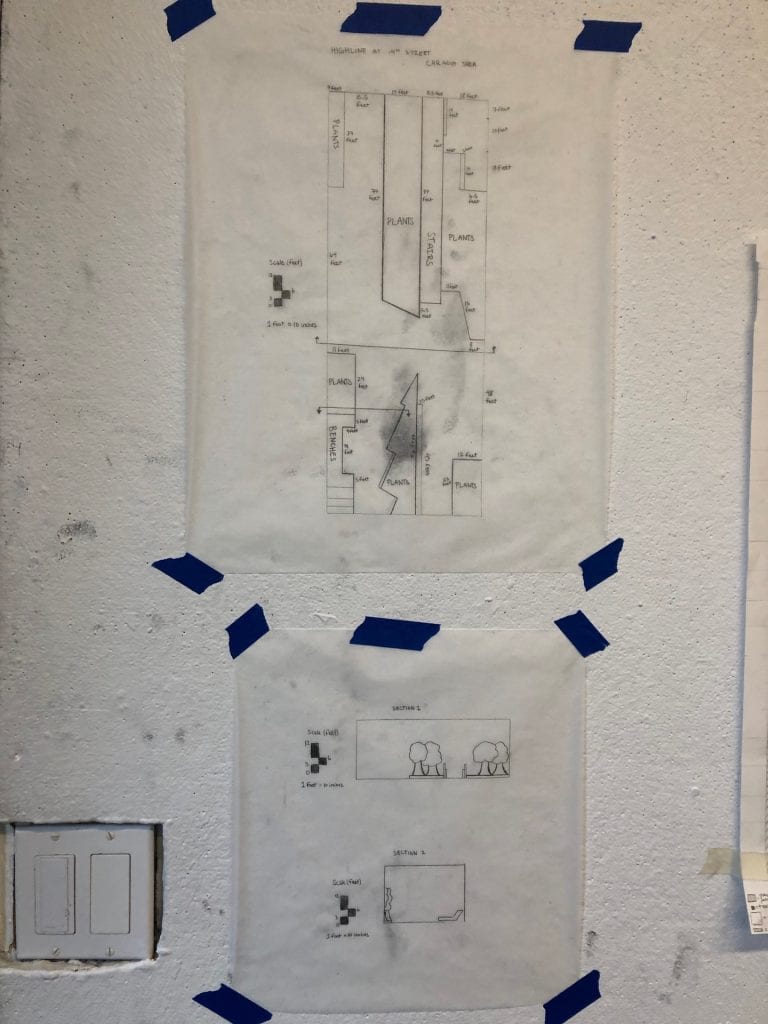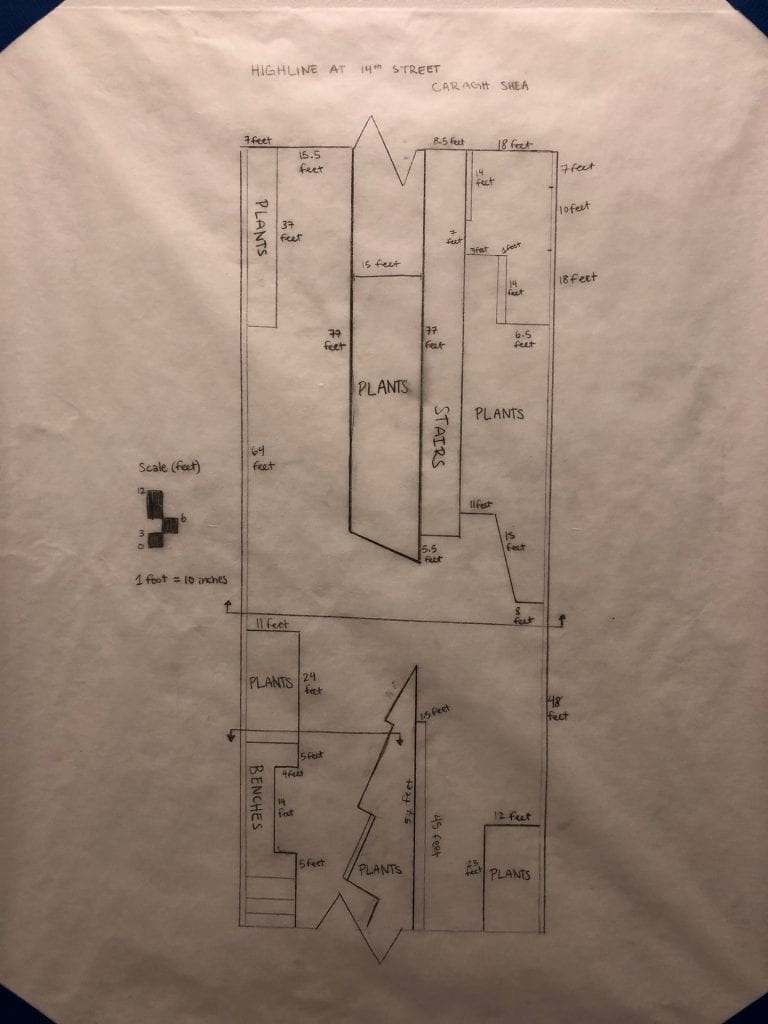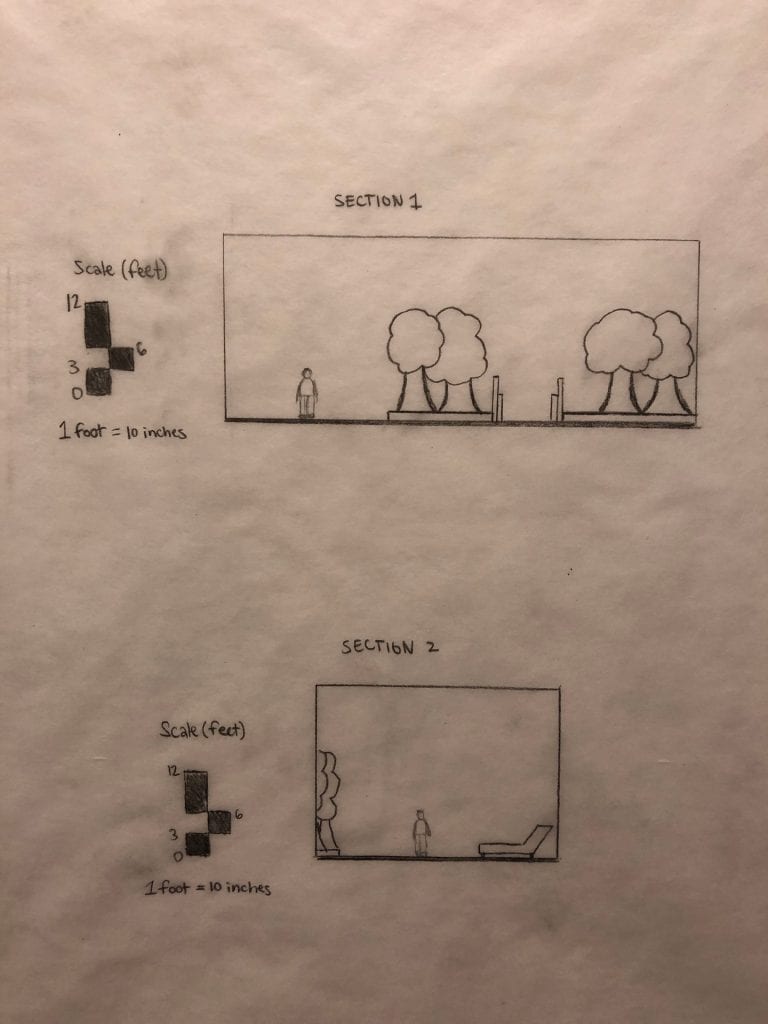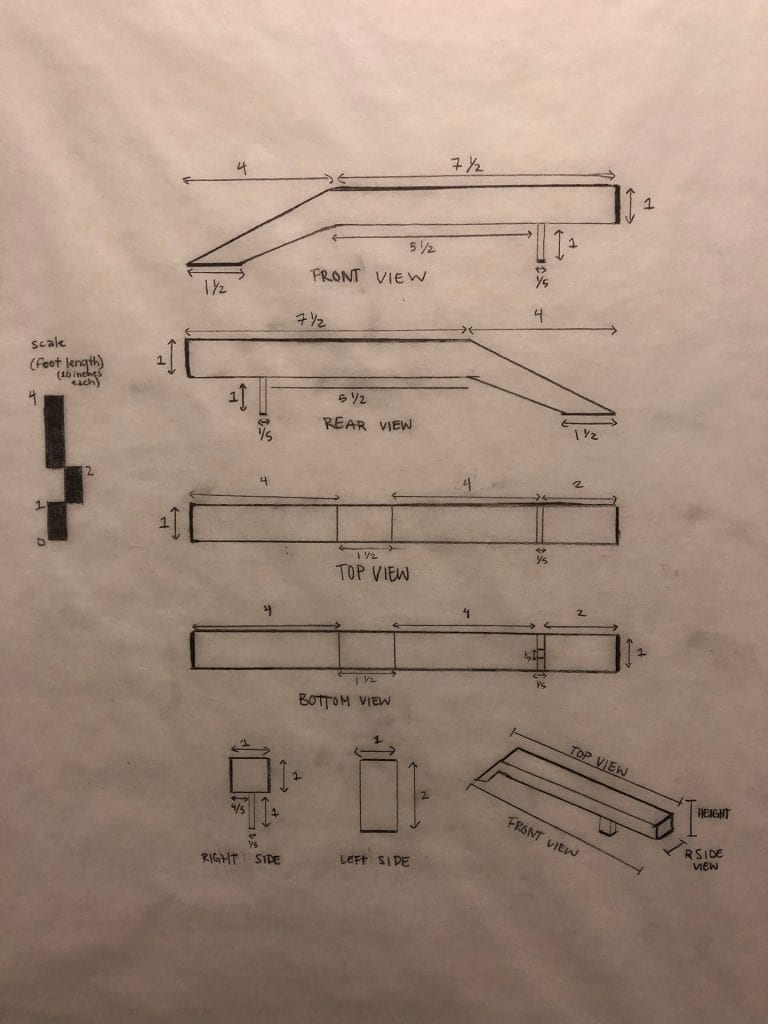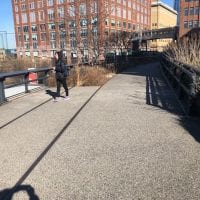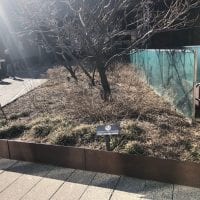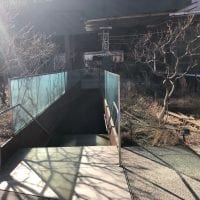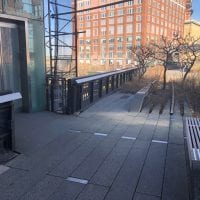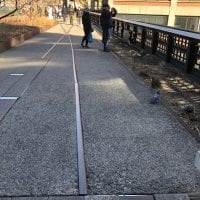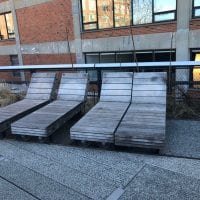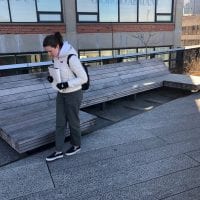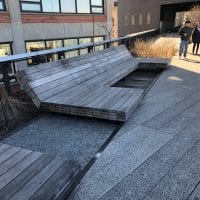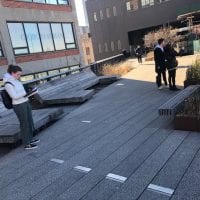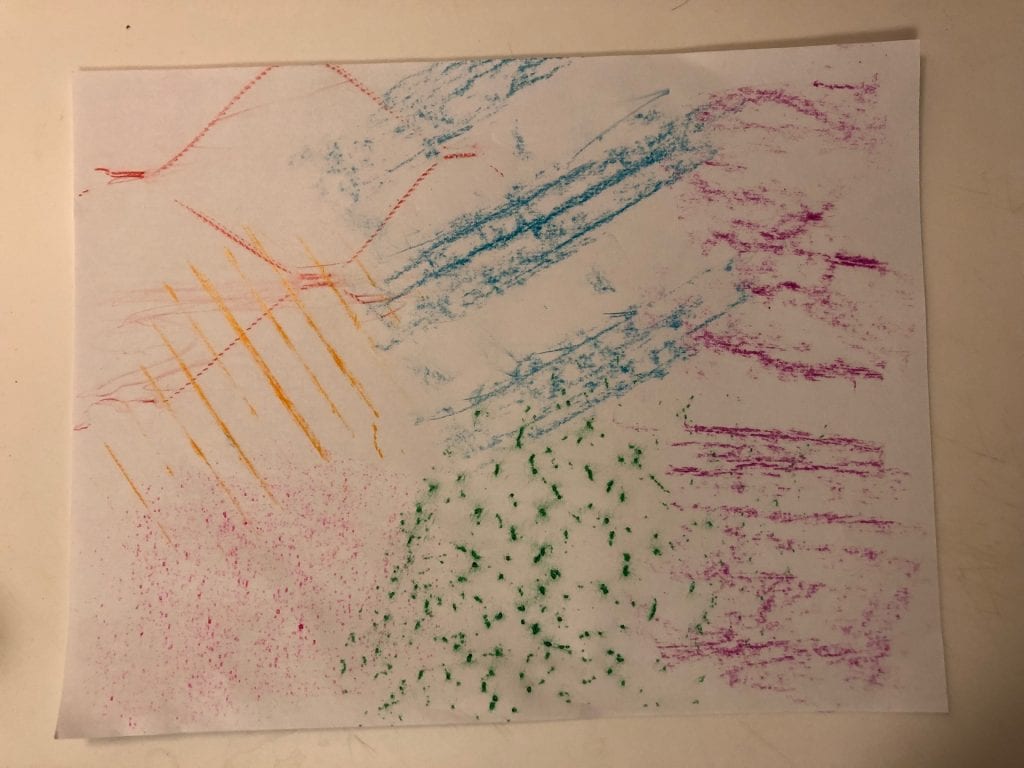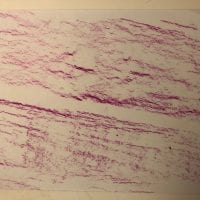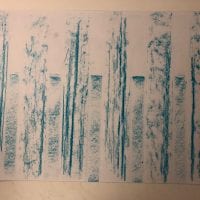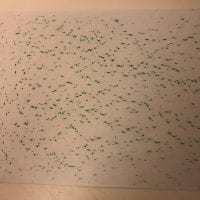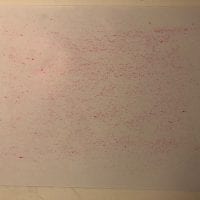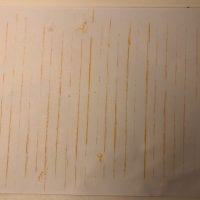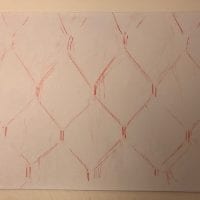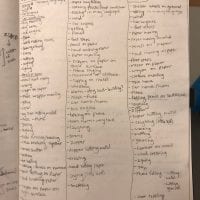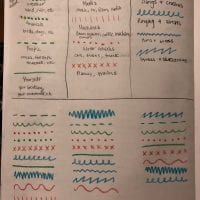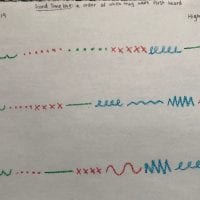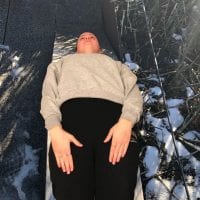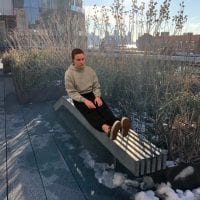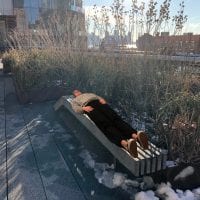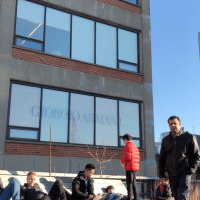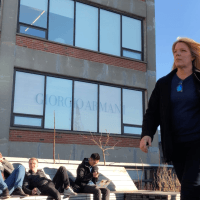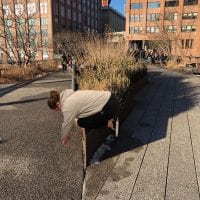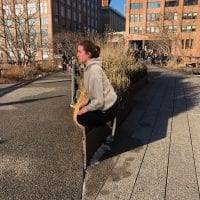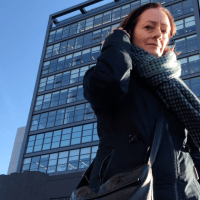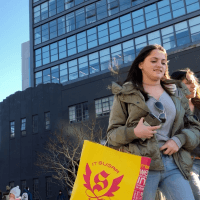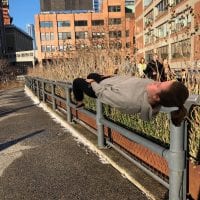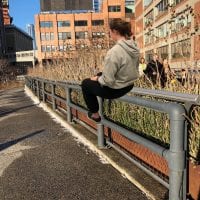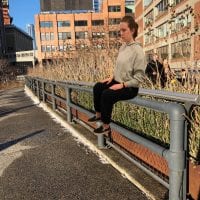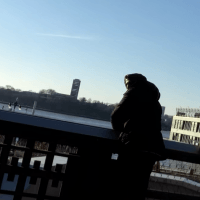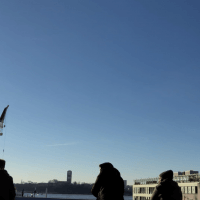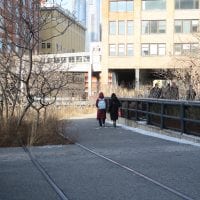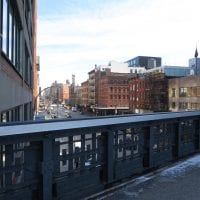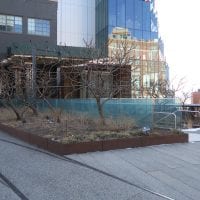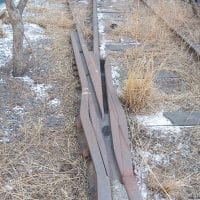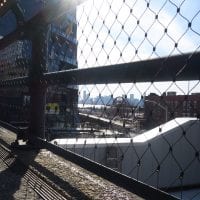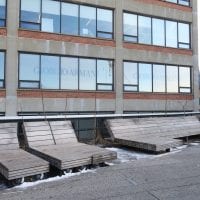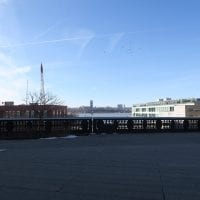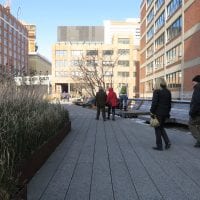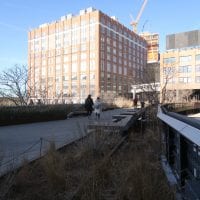Site Map and Section Drawings
Updated Site Map
Updated Section Drawings
Orthographic Drawings
Body Measuring Documentation and Reflection
I found that the experience of using my body to measure my site was very helpful in anchoring myself in the space. I was able to understand the size of the space around me in relation to my body. I quickly gained an understanding of the space I was working with because I had to create a map of it. I spent time observing the space and how it was laid out from different points on my site to better understand it.
Textures
Sound Timeline
The more natural sounds were sounds that I heard first as they were consistent through my time listening. The sound I heard the most in my three times listening was humans speaking. This makes sense as the High Line is a very well used public space. The sounds that I heard were mainly happy like laughter which I believe is because people are able to socialize and relax in the space.
No/Modify/Yes
- No
- Modify
- Yes
- No reactions
- Yes reactions
- No
- Modify
- Yes
- No reactions
- Yes reactions
- No
- Modify
- Yes
- No reactions
- Yes reactions
I was very uncomfortable when I was executing the “no” in this exercise because the High Line was very busy on the day I performed this section of the project. All of the people walking by me were staring when I was in any position outside of social norms. Even when I was sitting ‘normally’ in my “yes” position for the second two sites, I felt uncomfortable. People were still staring then because the places I sat in were uncommon seats.
Sight & Taste
What is the mood? What is the emotion? (refer to emotion wheel) Is the mood fitting for what you and other people would like to be doing in this space?
Relaxed, content, peaceful
I’d say the mood is fitting because a lot of people come here to see the sights and relax by walking or sitting along the High Line. I personally was sitting while I observed and I felt so at peace and content just being there watching people go by.
What is the AESTHETIC FLAVOUR of the space to you? Is there symbolism or imagery in the design elements or details that form a story to you? How is your imagination activated?
The design style is very industrial with the various woods and metals. The style and design elements pay tribute to the space as it used to be utilized. The High Line used to be a railroad and after being shutdown was eventually transformed into the public space it is today.
What would you say are the principle design elements or ingredients that create the flavour/aesthetic of the space? Is there an essential colour palette of the environment?
The railroad tracks, concretes and metals. The color palette is very dull and almost monochrome. In the warmer months, the plants would create more colour in the space but the base color palette shows in the colder ones. When I think of industrial design I think of metal and grey which this space has. The benches and lounge chairs are made of a light wood and the ground of concrete. The grey railroad tracks cut through the concrete reminding you of what the space used to be utilized for.
Review your images. Reflect on any bias or patterns of your bias and patterns of your attention in this inquiry on sight and aesthetics. What your experience of sight on site?
Most of my photos show more generalized views rather than specific details. I spent a lot of time people watching while I was sitting at my site. I found it really interesting to watch the people walk by and think about what brought them to the space today. I photographed a lot of images with people in them because that is what I spent a lot of time looking at. I also did try to look at details and think about the design of the space which I did display in some of my photos. Since it was a cool day there weren’t a ton of people there which is displayed in some of the photos I chose. However, it is interesting that I chose these few photos where the space looks empty because I was spending time looking at people in my 20 minutes of looking.
